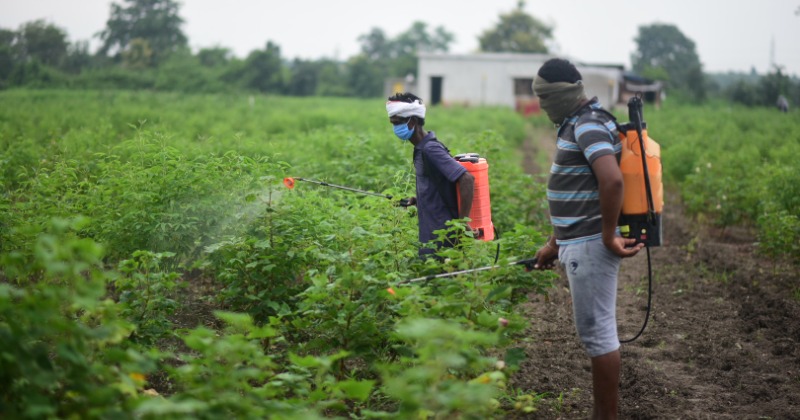The Pradhanmantri Bhartiya Janurvarak Pariyojna (PMBJP) was a new programme that the Centre surreptitiously launched last week through an office memo that wasn’t even published online. All fertiliser products in the nation will now be sold under a single brand.

BCCL/Representational Image
Jump To
![]()
What is PMBJP?
The PMBJP programme now includes the current fertiliser subsidy. Earlier, there was no such name for the nutrient-based subsidy (NBS), which was instead categorised under urea (N), phosphorus (P), and potash (K). As there has been no change to NBS policy, the subsidy will remain. The government argues that there will only be one brand, Bharat, which will inspire trust among farmers.

BCCL/Representational Image
Due to its emphasis on making the nation atma nirbhar (self-sufficient) in fertilisers, the administration has decided to begin implementing it on October 2 (Gandhi Jayanti), in keeping with the principles that the Father of the Nation had championed. Sowing for the rabi season begins in October, and the first week of the season is also when fertiliser purchases are made.
All fertilisers, including urea, DAP, MOP, and Complex (a combination of N.P.,K.), will be sold under the “Bharat” brand under the PMBJP. For instance, just as IFFCO’s urea will be referred to as “Bharat Urea,” so too will IPL’s MOP be known as “Bharat MOP.” The government has released the bag’s design, in which the brand and logo will occupy two-thirds of the available space, with the remaining one-third available for printing company names and contact information.

BCCL/Representational Image
The Pradhanmantri Bhartiya Janurvarak Pariyojna will also be mentioned in Hindi on the logo. Businesses have been warned not to buy bags with outdated patterns as of September 15; all outdated bags must be phased out by December 31.
What justification lies behind the action?
The government believes that farmers are unaware of the subsidies that the Centre has paid for fertilisers in order to make those products more affordable. According to officials, farmers will now focus on fertilisers rather than company brands.

BCCL/Representational Image
The Centre pays the urea subsidy, which can reach 89%, while farmers only cover 11% of the actual expenses when they purchase a bag of 45 kg for $242. The Centre sets the selling price that farmers should receive regardless of the cost of production.
Similarly, in the case of DAP, the government claims to be covering a subsidy of 2,500 per 50-kg bag (65% of cost), yet farmers are required to pay 1,350 each bag (35 per cent). For MOP, the government subsidy is ₹759/50-kg bag (30 percent) and farmers buy at ₹1,750/bag (70 percent).
How has this government decision been received?

BCCL/Representational Image
Despite having voiced their concerns during consultation, companies have not yet protested to it. They are happy to follow any instructions the government gives them as long as their items are available on the market. Companies believe there won’t be any issues selling their products because the nation is dependent on imports. However, the majority of businesses believe that their goods can be sold without any competition, much like the rice and wheat sold through ration stores, thus they are unwilling to invest in advertising.

